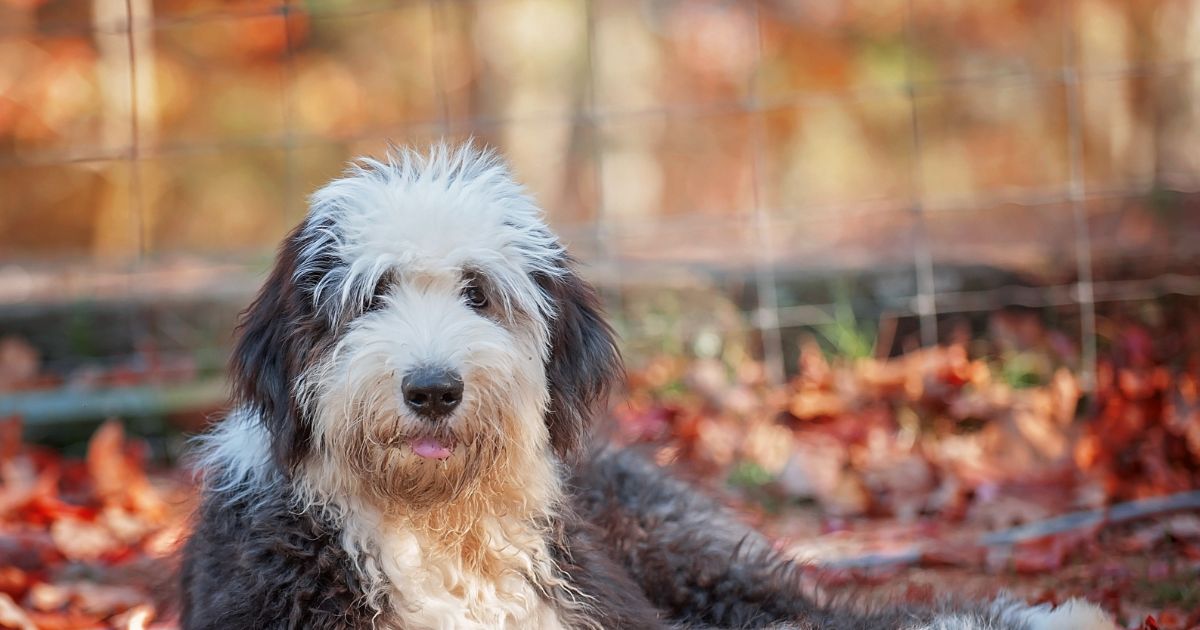 Shutterstock
Shutterstock
Trends don’t just affect fashion or music—they hit the dog world too. Some breeds once ruled American homes, starred in films, and appeared in vintage ads, only to fade into near obscurity. These former canine celebrities are now hidden gems, often unknown to today’s dog lovers. Changes in lifestyle, city living, and shifting preferences have nudged these pups out of the spotlight. But make no mistake—they’re still just as charming, loyal, and full of character as when they were top dog in the popularity parade.
English Setter
 Shutterstock
Shutterstock
In the late 1800s and early 1900s, the English Setter was a go-to hunting dog and family companion in America. Known for their graceful gait and friendly temperament, they were beloved in sporting circles and often found lounging fireside after a day in the field. Their beautiful feathered coat and keen nose made them a favorite among upland bird hunters. However, as hunting became less common as a pastime and apartment living became more popular, their high energy and grooming needs made them less suitable for modern lifestyles. Today, they’re a rare sight in neighborhoods, but still strut like they own the lawn.
Irish Setter
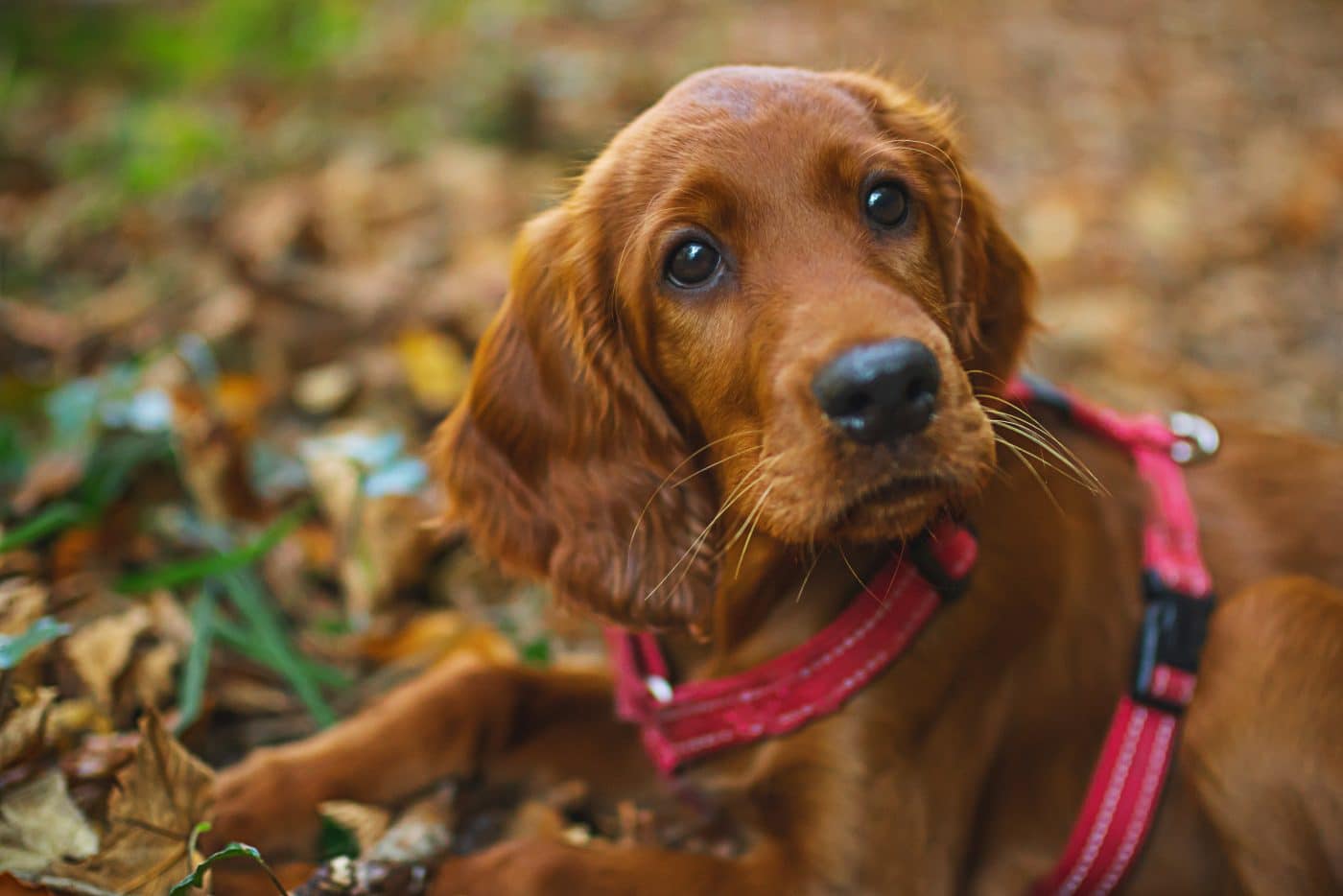 Shutterstock
Shutterstock
These red-coated beauties were the darlings of American families in the 1960s and ’70s, especially after their Disney-fueled fame from the movie “Big Red.” Their playful nature, high energy, and striking appearance made them a household name. Unfortunately, their exuberance and need for constant stimulation eventually turned off families who expected more of a TV dog and less of a Tasmanian tornado. With more low-maintenance breeds on the rise, the Irish Setter’s popularity faded. Now, spotting one at the dog park is like seeing a celebrity from a forgotten sitcom—nostalgic and fabulous.
Collie
 Shutterstock
Shutterstock
Thanks to “Lassie,” Collies once reigned supreme in the American pet world. These noble herders were the face of loyalty, intelligence, and family values on television screens across the nation. Their gentle temperament and protective instincts made them an ideal companion for suburban families. But over time, people began to favor smaller, lower-maintenance dogs as backyard space shrank and vacuuming became a full-time job. These days, Collies are far from common, but their flowing coats and wise eyes still turn heads wherever they appear.
Cocker Spaniel
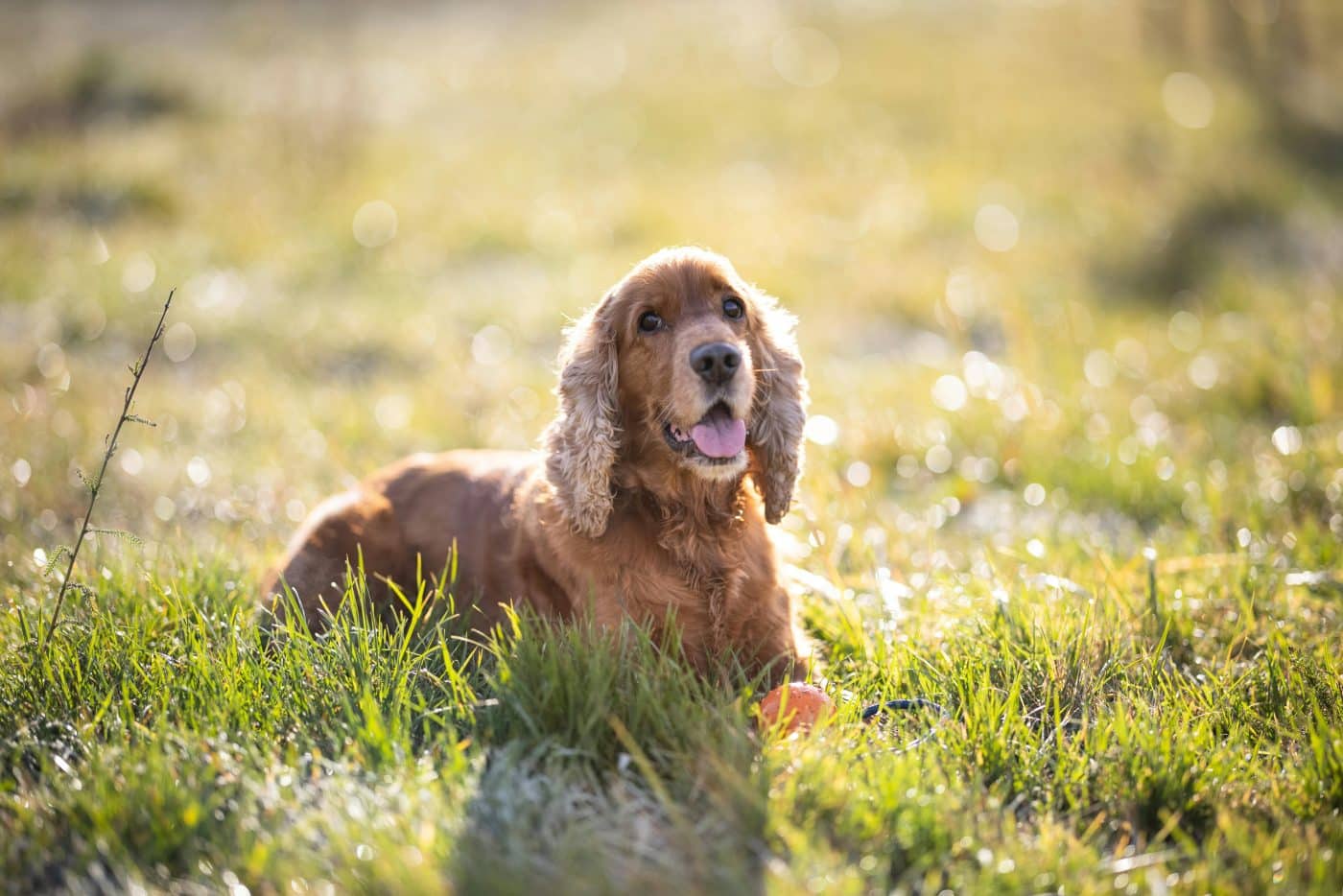 Shutterstock
Shutterstock
Once America’s top dog in the 1940s and 1950s, the Cocker Spaniel charmed families with its soulful eyes, soft ears, and sweet demeanor. It was practically a requirement to have one sitting under the dinner table in those post-war suburban homes. However, popularity brought overbreeding, which led to health and temperament issues that tarnished their reputation. As people moved toward sturdier or more hypoallergenic breeds, the Cocker Spaniel’s fame dwindled. Still, there’s nothing like the sight of those velvety ears flopping in slow motion during a backyard zoomie.
Old English Sheepdog
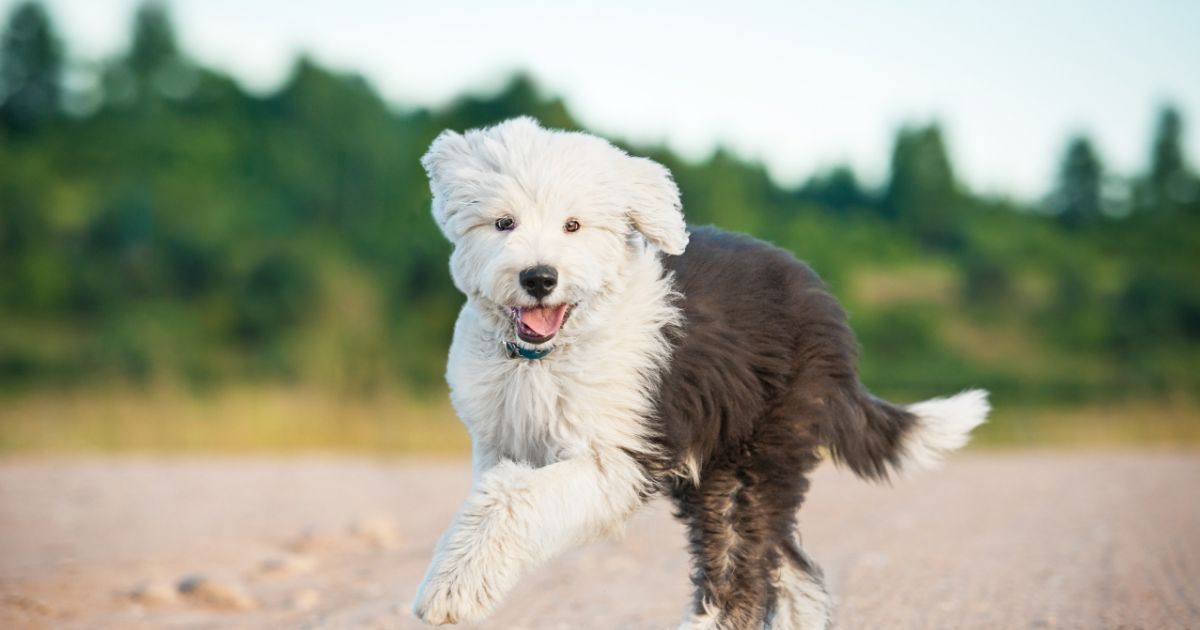 Shutterstock
Shutterstock
With their shaggy coats and comical charm, Old English Sheepdogs were once a staple in American advertisements and movies, often typecast as lovable oafs. Their goofy personalities and dramatic haircuts made them memorable family dogs, especially in the ’60s and ’70s. But that luxurious fur? It needs some serious upkeep, and shedding is practically a hobby for them. Over time, their high grooming demands and large size made them less appealing to the average modern family. These days, they’re more likely to be mistaken for living ottomans than common pets.
Norwegian Elkhound
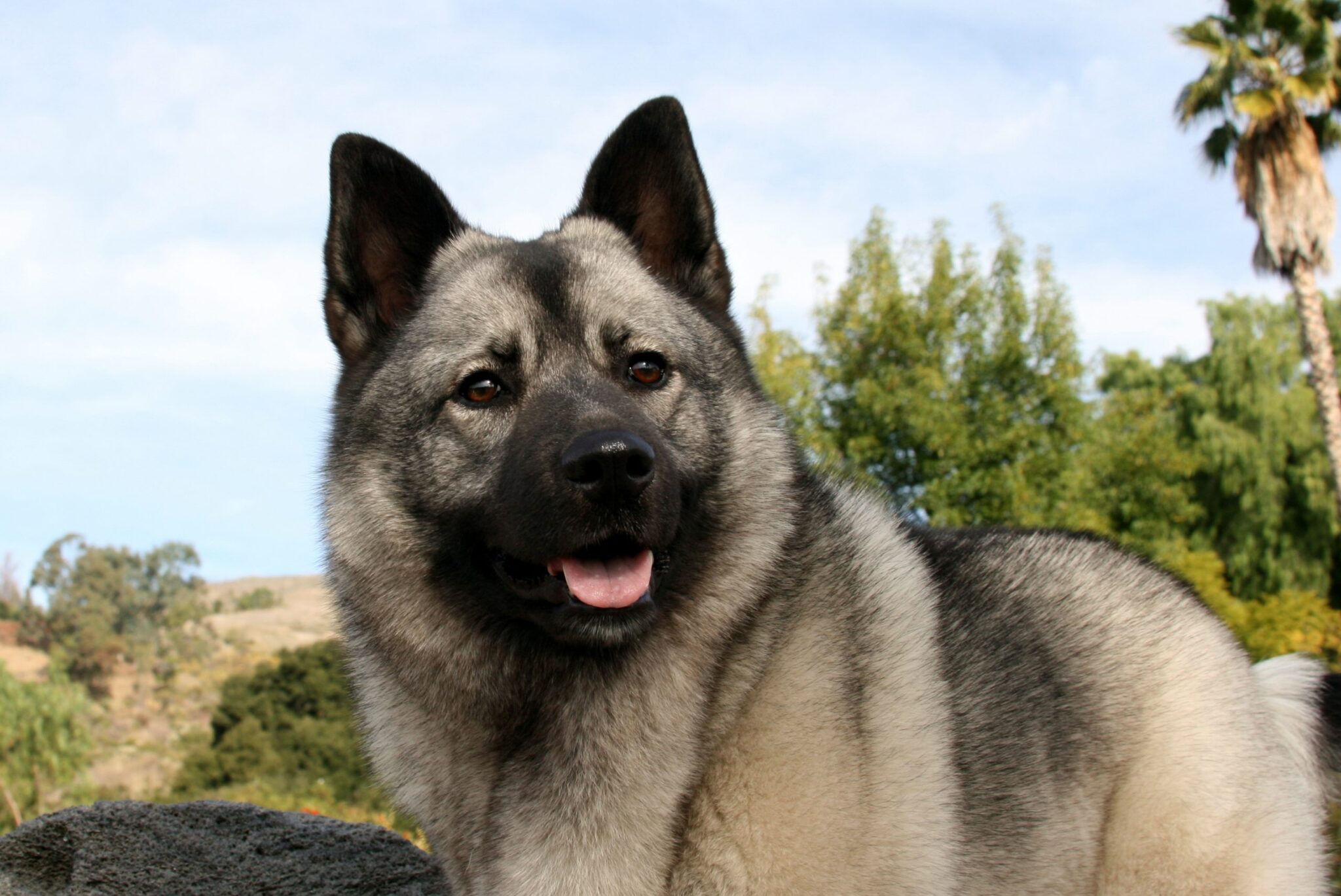 Shutterstock
Shutterstock
The Norwegian Elkhound was once a favored hunting and guard dog in rural America, especially among communities with a strong Scandinavian heritage. Their sturdy build, thick coat, and loyalty made them reliable working dogs—and fantastic companions for active families. However, as hunting lifestyles declined and more people preferred sleek, hypoallergenic lapdogs, the Elkhound fell out of favor. They’re not the easiest to train and have a bark that could rival a foghorn, which didn’t help their case in tight urban apartments. Still, they remain fiercely loyal, ready to defend your honor or at least your sandwich.
American Foxhound
 Shutterstock
Shutterstock
You’d think a breed with “American” in the name would still be all over the place, but the American Foxhound is now surprisingly rare outside of hunting circles. Once celebrated by George Washington himself, these dogs were bred for speed, endurance, and pack hunting. They’re independent, full of energy, and a bit too enthusiastic for the average dog owner who just wants a buddy to nap with. Their voice—yes, voice, not bark—can echo across fields… or apartment walls. As hunting with hounds declined, so did their popularity, but they’re still running wild in the hearts of true hound lovers.
Bloodhound
 Shutterstock
Shutterstock
Known for their unbeatable sense of smell and dramatic expressions, Bloodhounds were once the go-to breed for search and rescue, tracking fugitives, or finding your lost lunch meat. Their iconic droopy faces and mournful eyes made them beloved in homes and law enforcement alike. But their size, stubbornness, and—how do we put this delicately?—copious drool output made them less practical as family pets over time. Add to that their need for space and exercise, and they slowly faded from the family-dog spotlight. Still, no nose does it better, and they know it.
Gordon Setter
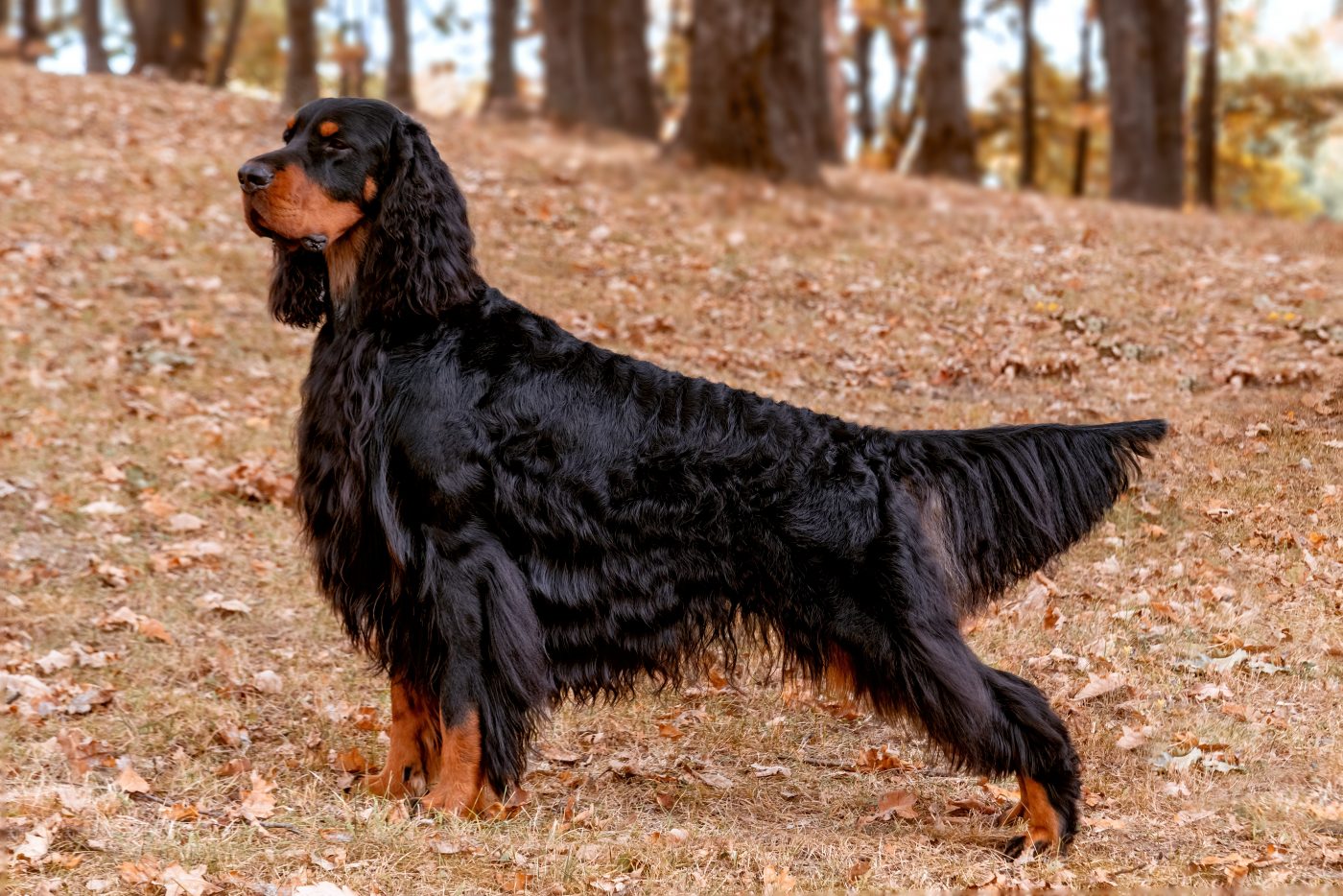 Shutterstock
Shutterstock
Once popular for their excellent hunting ability and striking black-and-tan coats, Gordon Setters were a common choice for outdoorsy Americans in the early 20th century. They’re smart, athletic, and incredibly devoted, often forming strong bonds with their humans. However, they’re also big, need lots of exercise, and have a stubborn streak that rivals your Wi-Fi when you’re in a rush. As America’s interest in large hunting dogs waned, so did their numbers. These days, seeing one is like finding a vintage record in mint condition—unexpected and awesome.
From Top Dog to Throwback Icon
 MidJourney
MidJourney
A walk down memory lane with some of the finest furry has-beens to ever grace America’s lawns, hunting grounds, and TV screens. These breeds may not dominate the popularity charts anymore, but their charm, history, and unique personalities are far from forgotten. So next time you spot one of these rare gems, give them a nod of respect—they were once the doggie equivalent of rock stars, red carpet regulars, and suburban royalty. They may be rare today, but their legacy still has four strong legs and a wagging tail.
 Toledo, United States.
Toledo, United States.
